Optimal Timing for Flood Prevention
Implementing flood prevention measures at the appropriate times can significantly reduce risk and damage. The best time for flood prevention is typically during dry seasons or periods of low rainfall, when construction and installation activities can be carried out without disruption. Planning ahead ensures infrastructure is in place before heavy rains or storm seasons begin.
Conducting assessments and installing preventive measures during dry periods prepares areas for upcoming storm seasons.
Implementing flood barriers and drainage improvements just before heavy rainfall reduces flood impact.
After flooding events, timely repairs and upgrades help prevent future incidents.
Regular maintenance during dry months ensures flood prevention systems remain effective.
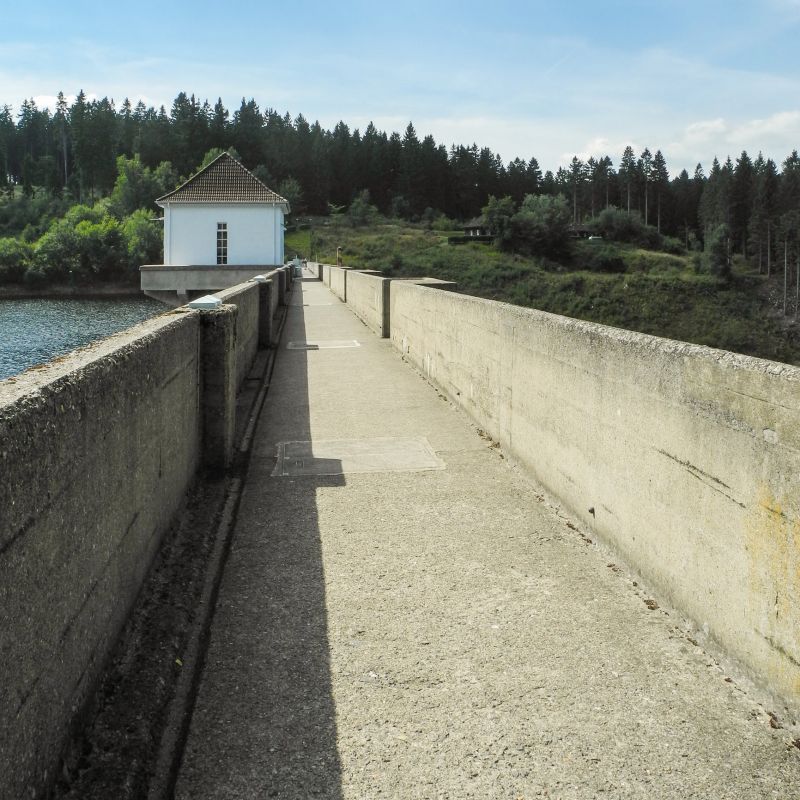
Ways to make Flood Preventions work in tight or awkward layouts.

Popular materials for Flood Preventions and why they hold up over time.

Simple add-ons that improve Flood Preventions without blowing the budget.
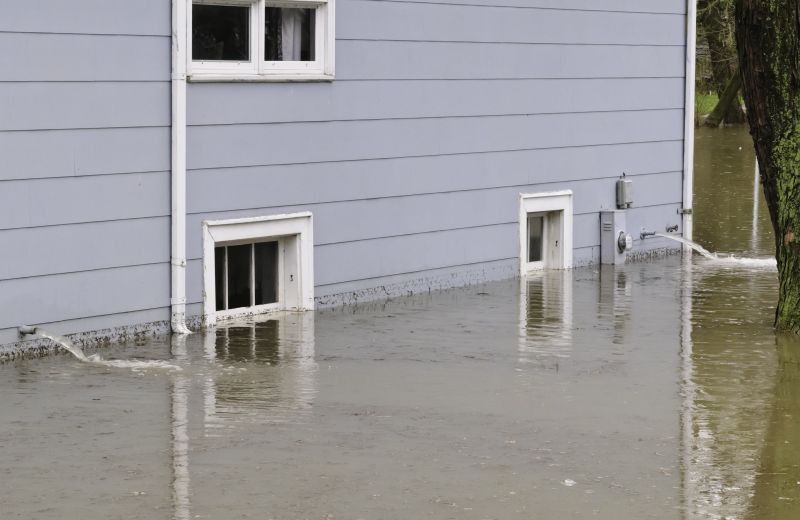
High-end options that actually feel worth it for Flood Preventions.
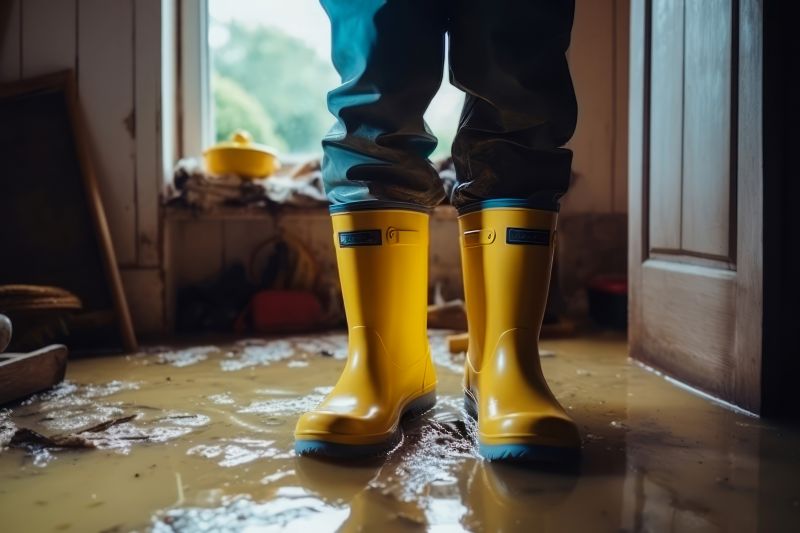
Finishes and colors that play nicely with Flood Preventions.
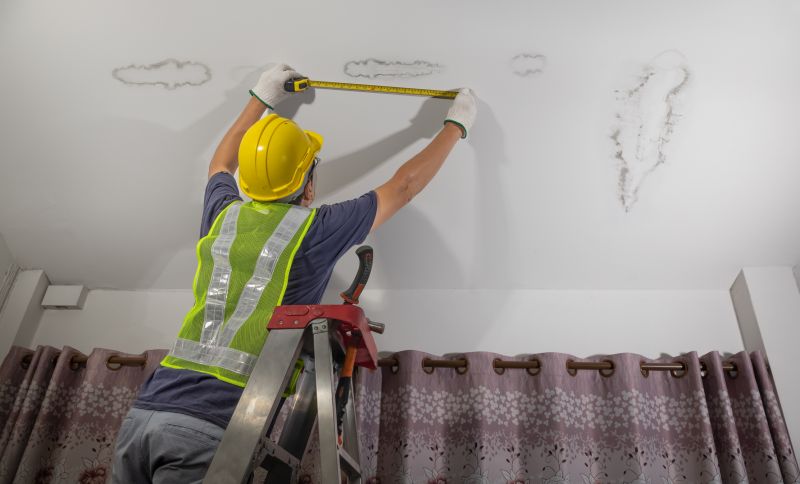
Little measurements that prevent headaches on Flood Preventions day.
Flood prevention measures encompass a range of strategies designed to minimize the impact of rising water levels. Effective planning involves understanding local flood risks, seasonal weather patterns, and infrastructure vulnerabilities. By implementing timely interventions, communities can reduce property damage, protect lives, and lower economic losses. Statistics indicate that proactive flood prevention can decrease flood-related damages by up to 40%, emphasizing the importance of timely action.
| Timing Aspect | Details |
|---|---|
| Dry Season | Ideal for construction, maintenance, and installation of flood defenses. |
| Pre-Rainy Season | Allows preparation before heavy rainfall begins. |
| Post-Flood | Necessary for repairs and system upgrades after flooding events. |
| Off-Peak Months | Suitable for routine inspections and preventative maintenance. |
| Community Outreach Periods | Best before flood seasons to educate and prepare residents. |
| Storm Season | Limited activities; focus on emergency response and monitoring. |

A 60-second routine that keeps Flood Preventions looking new.
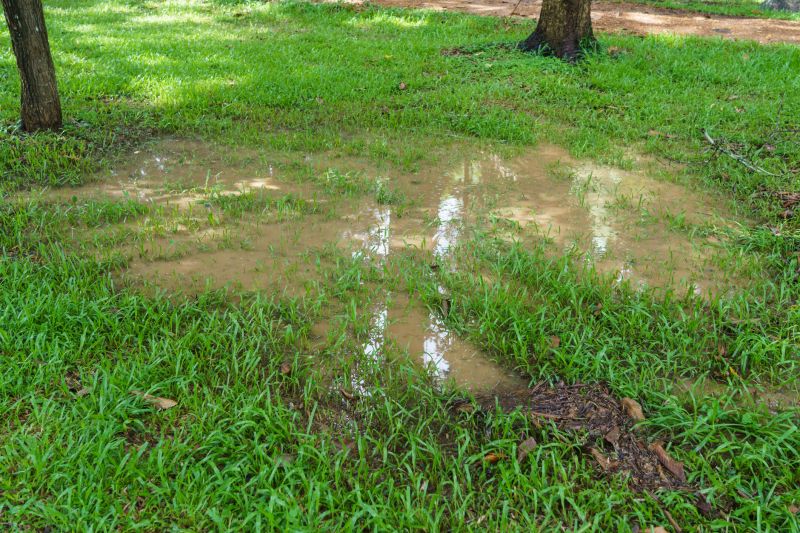
A frequent mistake in Flood Preventions and how to dodge it.
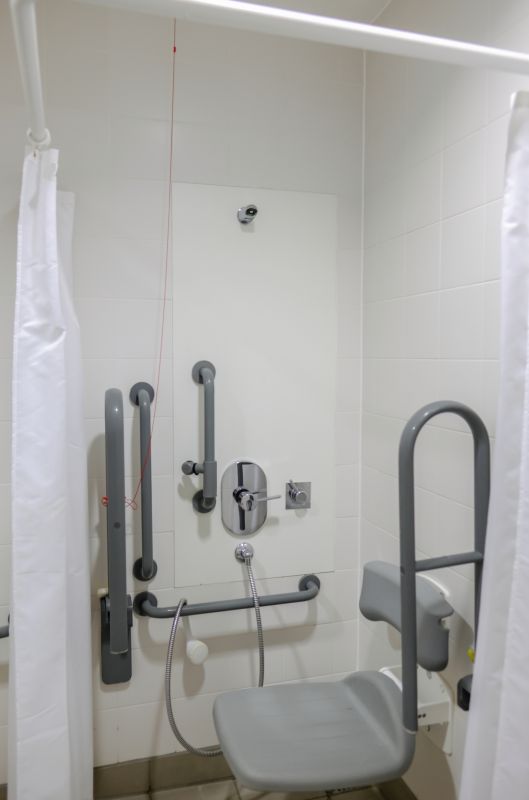
Small tweaks to make Flood Preventions safer and easier to use.

Lower-waste or water-saving choices for Flood Preventions.
Timely flood prevention efforts are crucial for minimizing risks associated with heavy rainfall and storm surges. Properly timed interventions, combined with community awareness and infrastructure maintenance, form a comprehensive approach to flood management. Regular assessments and upgrades to flood defenses ensure resilience against changing weather patterns and increasing flood risks.
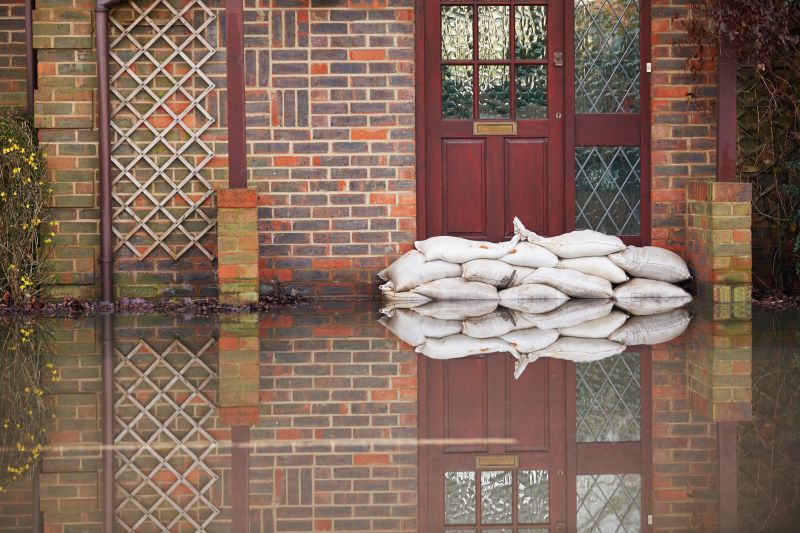
The short, realistic tool list for quality Flood Preventions.

Rough timing from prep to clean-up for Flood Preventions.
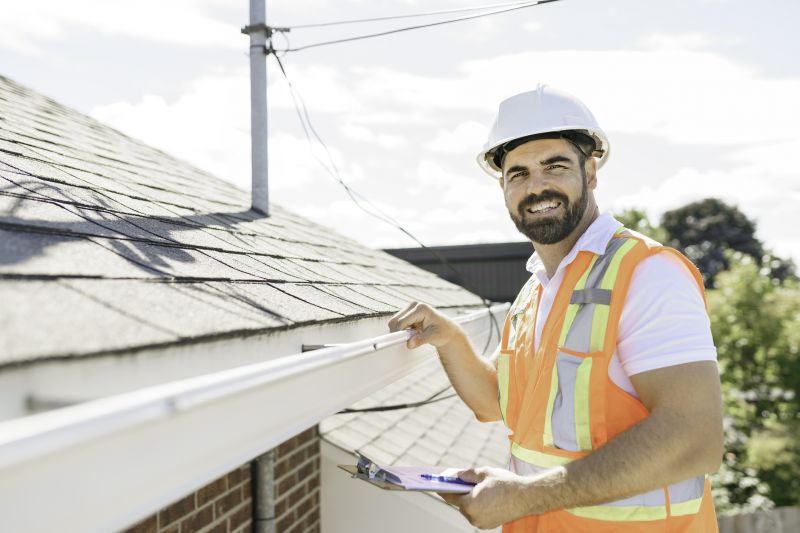
Quick checks and paperwork to keep after Flood Preventions.

Examples that show the impact a good Flood Preventions can make.
Interested in implementing flood prevention measures? Filling out the contact form can provide more information on suitable strategies and timing tailored to specific needs. Early planning and timely action are key to effective flood risk management and reducing potential damages.
